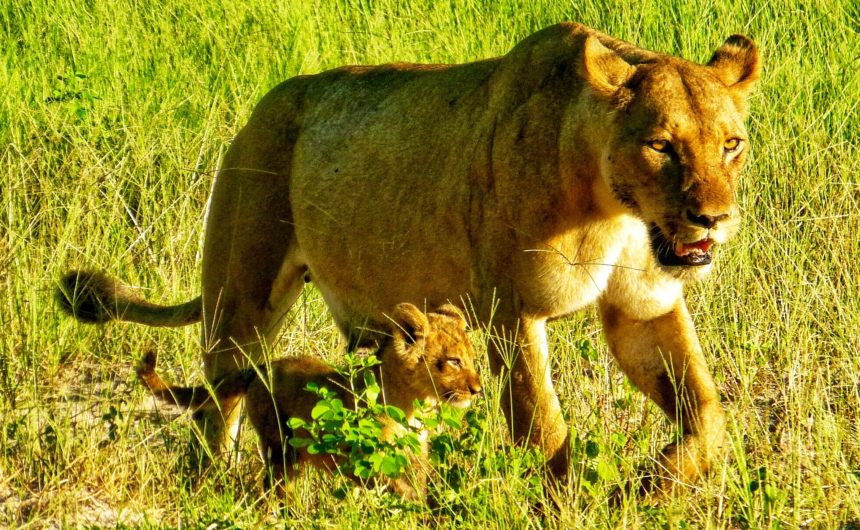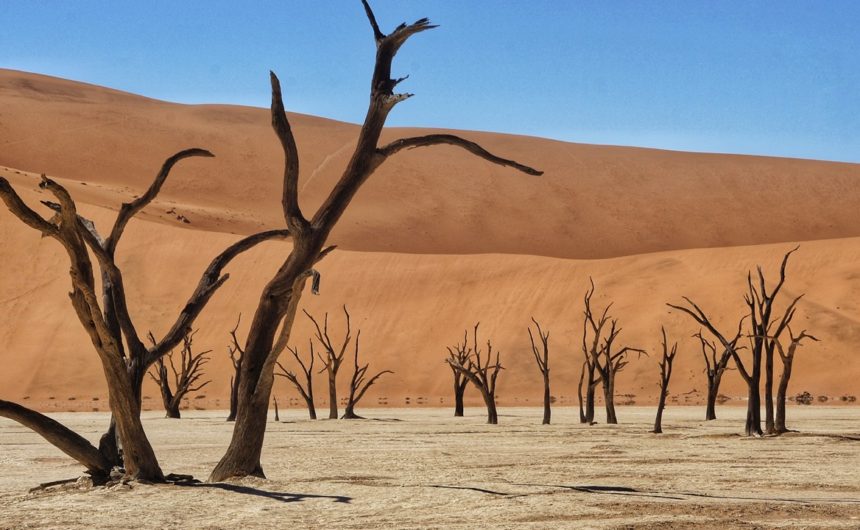- My First impression of Morocco, on the First Day of a Major Islamic Holiday
- I Regret Shark Cage Diving in South Africa
- 12 Essentials For Your African Safari Packing List
- What To Expect on a Budget Africa Overland Tour
- 17 Fun Things to See and Do in Cape Town
- South Africa and Namibia’s Beauty is Overshadowed by the Ugliness of White Supremacy
- Skydiving in Namibia’s Adventure Capital
- I Got Stung By a Scorpion in Africa
- Morocco – Everything You Need To Know Before You Go
- Essaouira- Morocco’s Surf and Art Town
- 16 Things to Do and See in Fes – Morocco’s Ancient City
- Akchour Waterfall – Morocco’s Lost Paradise
- Volubilis – Morocco’s Ancient Roman City
- A Trip to the Sahara Desert in Morocco
- Morocco 2.0 – Sometimes a Place Deserves a Second Chance
- Chefchaouen – Morocco’s Blue Pearl
- My Experience in Fes – The “Real” Morocco
- 20 Things to Do and See in Marrakesh
- 16 Fun Things to Do in Tangier
- Bungee Jumping at Victoria Falls
- Top Things to See in Botswana on a Budget
- Angel’s Pool at Victoria Falls in Zambia
- Top Things to Do at Victoria Falls – Africa’s Adventure Capital
- Top Things to See and Do in Namibia
- Southern and East Africa – Everything You Need To Know Before You Go
After 36 hours of travel from western Canada to Cape Town in South Africa, my first real conversation was with a few young white South African guys in my hostel dorm room where one of them immediately said to me “I hate black people”. And then the others jumped in and proceeded to rant about this.
Pardon???
This was completely shocking and appalling to me. I found it incredibly disturbing that they think this and that they so easily and comfortably talk about it with any random, white stranger. They probably assumed I would relate. Growing up in a city in Canada as a white woman sheltered me from commonly witnessing blatant and dangerous racism. Racism certainly exists in Canada, but to a far lesser extent than this. I had never experienced anything like this before.
White people only make up 9% of the 58 million people in South Africa, and only 6% of Namibia’s 2.4 million people. Imagine hating 91-94% of the population of the country you live in. A country that your ancestors colonized and caused apartheid and oppression against the local people. Imagine feeling so entitled that you feel that you and your white, former immigrant family have every right to be there, while the local black population does not. Talk about the epitome of white privilege and white supremacy.
I know that not all white South Africans feel this way, but it seemed to be a major trend that many other travelers and I noticed in our encounters with many white South Africans.
THE APARTHEID HANGOVER
South Africa and Namibia are beautiful countries full of stunning nature and animals, but socially, they’re extremely ugly due to the white supremacy and systemic racism that oppress the black populations and continue to block their progress. The official apartheid ended in the early 1990s, but the countries still suffer from a major apartheid hangover because these issues cannot be solved overnight.
The very small white population overwhelmingly dominates the businesses and wealth in both South Africa and Namibia, while the majority of the black population is structurally excluded from meaningful participation in their economies.
While black people in South Africa and Namibia are not slaves anymore, they’re still servants. Every terrible minimum wage job in South Africa and Namibia is worked by a black person and their job is to serve the wealthy, entitled white people. I never once saw a white person working any of these garbage jobs.
Everyday, black people commute from their townships to the city, where they will never be able to afford to live, to serve the affluent white people at these minimum wage jobs. What’s even worse is that the black people who work these jobs are the educated ones because they actually speak English.
Other travelers and I noticed that the black African workers would warm up to us once they heard us speak without a South African accent.
As a white traveler (who very much looks like a white South African), it’s impossible to not feel guilty because I was one of the white people they were serving (at convenience stores and fast food places etc) and I’m a foreigner who will have enjoyed the luxuries of their country more than they ever will.
I find it all deeply disturbing and infuriating. If you have respect for human rights, these social issues take away from the enjoyment and appeal of traveling these countries.
These issues are easier to “ignore” as a traveler in Namibia because there’s barely anyone there with a tiny population of 2.4 million (versus 58 million in South Africa) and you spend most of your time in Namibian nature, instead of the towns.
THE TOWNSHIPS
I was convinced to go on a township tour in Swakopmund in Namibia that I wasn’t morally interested in. What is a township? Townships are deplorable places that consist of overcrowded tin shack shanty towns that lack running water, where the black people were forced to live during apartheid after they were evicted from their properties in the “white areas”. And this is where they continue to live, even though apartheid is technically over.
The tour guide said the government is building small houses to help the people move out of the tin shacks, but they’re still in the same area as the township, so the segregation is still very much there, whether it’s still enforced or not. These new houses cost $30,000NAD (about $2,100US), which can be paid off over 40 years. 40 years. The fact that it could take 40 years for a family to pay off such a small amount, due to the system that has been created, is atrocious.
While many tourists on the township tour jumped out of the cars to take pictures, a few of us refused. The tears and the look on a tourist’s sobbing face when she saw the township and realized the magnitude of it all is forever burned in my memory. Just about any tourist in Africa could easily pay off that $30,000NAD/$2,100US in one day with their travel fund.
AFRICAN LIFE OUTSIDE OF SOUTH AFRICA AND NAMIBIA
Once you leave South Africa and Namibia and go to Botswana, that’s where you experience the real Africa, which is a much happier place. The grass huts and the happy, waving people on the side of the road in Botswana is what life in Africa should be like. While Botswana did not escape British colonization, once they gained independence, they evolved from being one of the poorest countries in the world, into a middle-income country and one of the strongest economies in Africa. And while some of their people don’t have much, there’s a huge difference between a simple, happy life versus crippling poverty in a system designed to ensure that they’ll never get ahead.
At first, I wished that I had more time to travel South Africa (I only visited Cape Town), but now I’m in no hurry to go back because I find it that upsetting and depressing. Ethically, I have zero interest in traveling to places like that, which is a shame because they are beautiful countries, but the social issues are far too great and I can’t just turn a blind eye and enjoy my time there.
Care to share your thoughts and social experiences in South Africa and Namibia?



